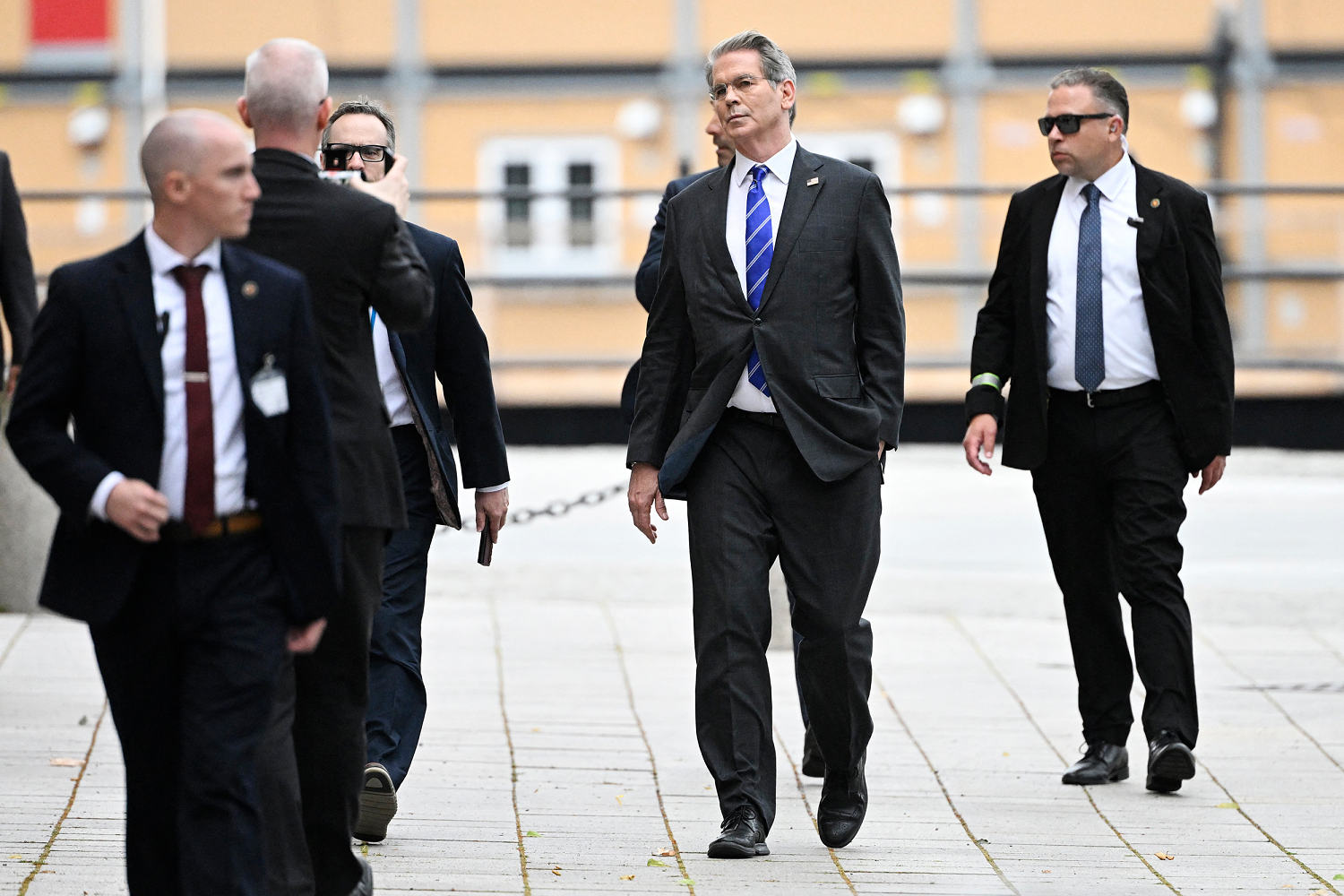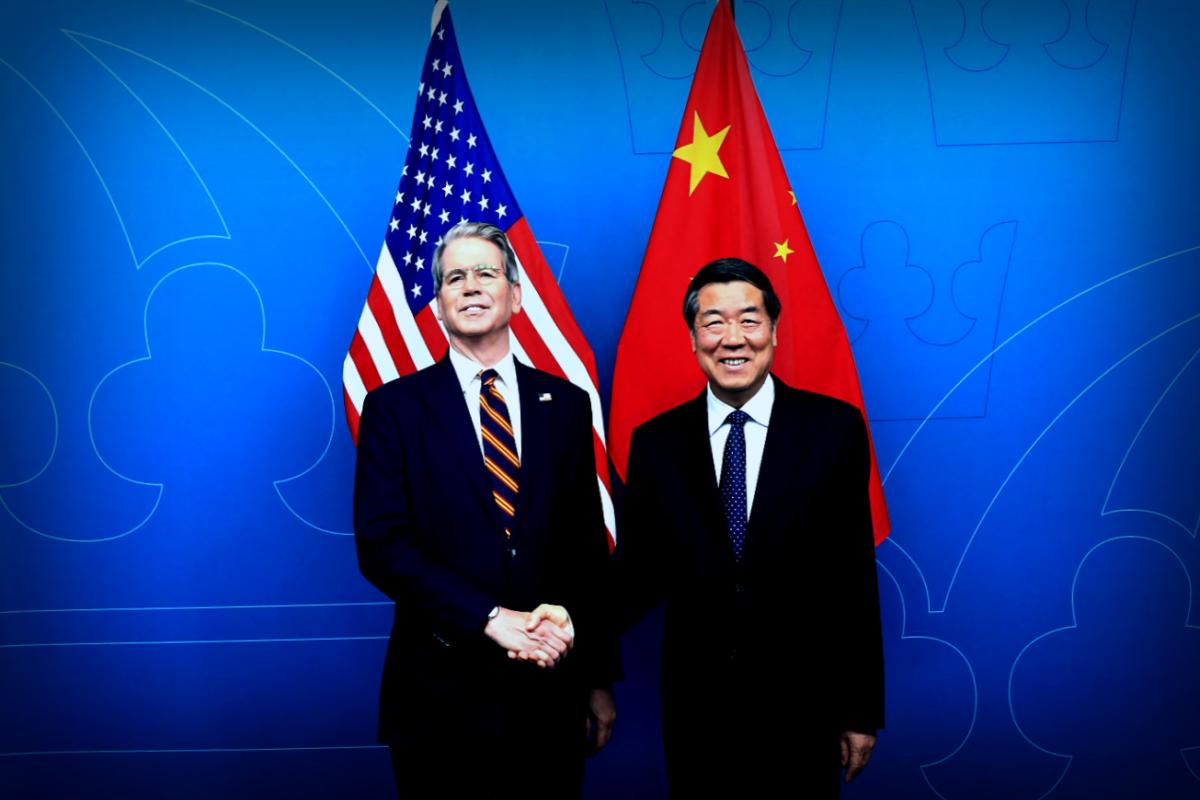
The Trump administration has agreed to delay the impending increase in tariffs on imports from China yet again, extending discussions between the two nations. The new deadline is set for November 10.
In a post on Truth Social, Trump stated that “all other elements of the Agreement will remain the same.” For both businesses and consumers, this adds to the uncertainty as Trump’s expansive tariff strategy reaches its fifth month of implementation.
Last week, import taxes came into effect for several countries, leading to slightly higher prices across the United States. Businesses have been absorbing some of these increased costs while consumers are also feeling the pinch. Despite rising inflation concerns, Trump has assured that the tariffs are generating substantial revenue for the government.
This is the second time that the Trump administration has pushed back an increase in tariffs on China. In 2024 alone, the U.S. import of goods from China exceeded $438 billion, comprising a wide range of products, from clothing to electronics.
Though there isn’t a formal agreement in place, there are signs of movement in discussions. Just recently, Trump authorized Nvidia and AMD to resume sales of certain artificial intelligence semiconductors to China. Reports also indicate that China has relaxed restrictions on exporting rare earth metals, which are critical for both nations.
Trump’s ongoing negotiations over tariffs with China began shortly after his return to office. In February, he had imposed a 10% tariff on all Chinese imports, prompting retaliatory tariffs from China. By April 2, he threatened a further 34% tariff. Following another round of increases from China, he escalated rights to a total of 125% in response.
In early May, hoping to ease tensions, Treasury Secretary Scott Bessent and U.S. Trade Representative Jamieson Greer met their counterparts in Geneva. The outcome of those talks led both China and the U.S. to agree on lowering tariffs by 115% for a period of 90 days, keeping U.S. tariffs on Chinese goods at 30%.
Shortly after these dealings, Trump accused China of violations regarding their agreement, stating that they were “slow rolling” the delivery of rare earth materials.
Bessent and Greer had another meeting with China’s Vice Premier He Lifeng in London in mid-June, which produced some encouraging statements. “The two largest economies in the world have reached a handshake for a framework,” stated Commerce Secretary Howard Lutnick upon concluding the talks. Details about this framework, however, haven’t been released yet.

The engagements have led to China resuming shipments of specific rare earth materials vital for producing vehicles, smartphones, batteries, and several everyday goods. Furthermore, the U.S. allowed Nvidia and AMD to restart some chip sales to China after they faced a temporary ban. Nvidia reported a $5.5 billion financial hit due to this ban, whereas AMD anticipated an $800 million impact.
Ultimately, however, a comprehensive trade deal still seems out of reach despite multiple days of high-level discussions between both nations this year.
This article was originally published on NBCNews.com





















